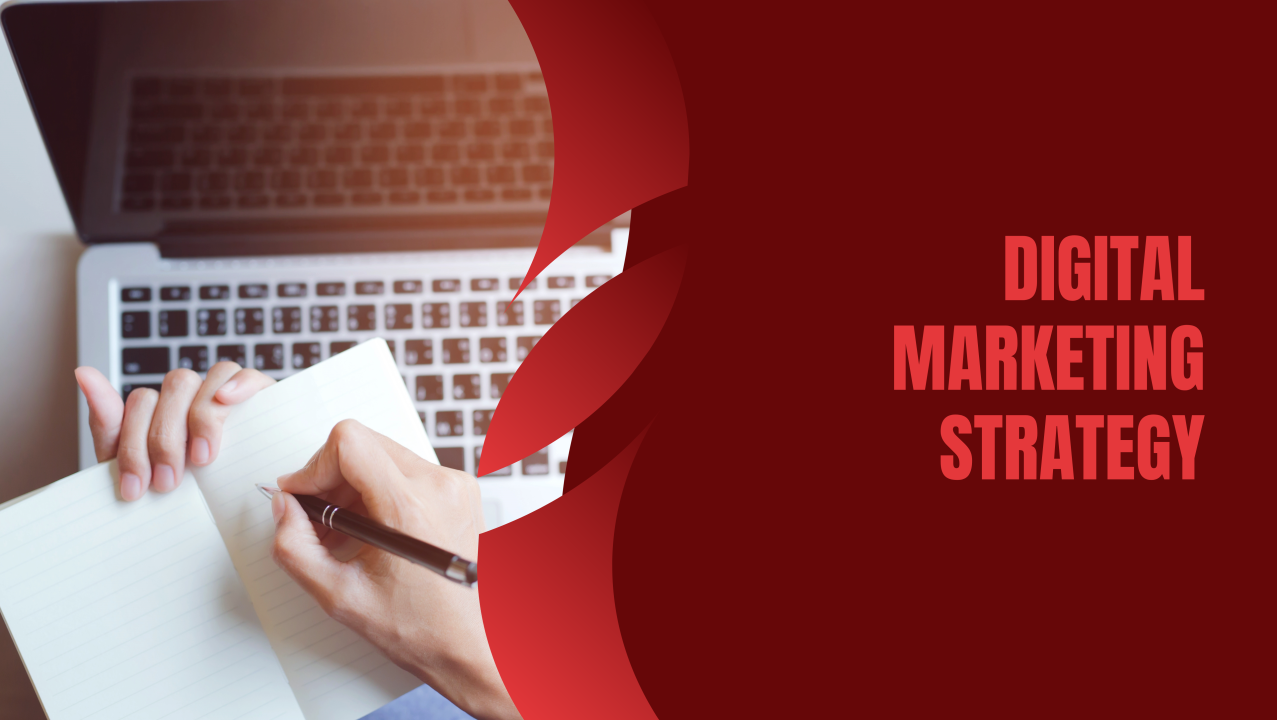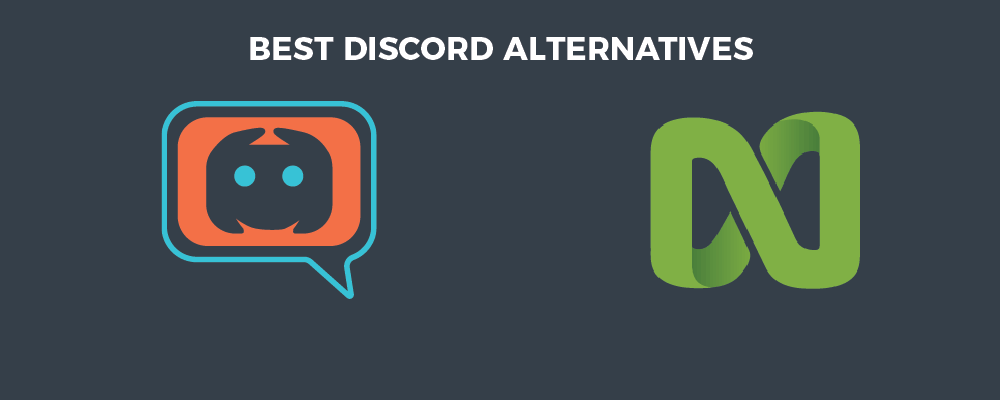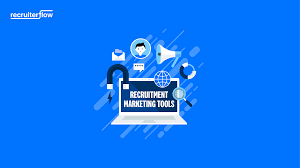Introduction
In today’s hyper-connected world, digital marketing is not just an option — it’s a necessity. With billions of people accessing the internet daily, businesses have an unparalleled opportunity to reach and engage their target audiences online. Whether you’re a startup or an established brand, implementing effective digital marketing tactics can make the difference between stagnation and significant business growth.
This article explores the most effective digital marketing tactics that drive business success, supported by examples, data, and best practices. From content creation and SEO to social media and email marketing buy a small business, let’s dive into the digital strategies that are delivering results in 2025 and beyond.
1. Content Marketing: Build Authority and Trust
Why it works:
Content marketing focuses on creating valuable, relevant, and consistent content to attract and retain a clearly defined audience. It not only educates and informs your audience but also builds authority and trust over time.
Tactics to implement:
- Blogging: Maintain a regularly updated blog addressing customer pain points and industry insights.
- Video content: Use platforms like YouTube, TikTok, or Instagram Reels to create how-to guides, product demos, and storytelling videos.
- Infographics and Ebooks: Offer downloadable resources to showcase expertise and collect leads.
- Case Studies and Testimonials: Highlight real-world results and satisfied clients.
Pro tip: Use storytelling techniques to make your content more engaging and emotionally resonant.
2. Search Engine Optimization (SEO): Be Found Organically
Why it works:
SEO ensures that your business ranks higher on search engines like Google, increasing visibility, traffic, and conversions. People tend to trust organic search results more than paid ads.
Tactics to implement:
- On-Page SEO: Optimize titles, meta descriptions, headers, and internal linking structure.
- Keyword Research: Use tools like Google Keyword Planner, Ahrefs, or SEMrush to find high-volume, low-competition keywords.
- Technical SEO: Improve site speed, mobile responsiveness, and fix crawl errors.
- Link Building: Earn backlinks from reputable websites to boost domain authority.
Pro tip: Regularly update old content to keep it relevant and improve its search engine ranking.
3. Social Media Marketing: Engage and Convert
Why it works:
With over 4.8 billion social media users globally (as of 2025), platforms like Facebook, Instagram, LinkedIn, TikTok, and X (formerly Twitter) are vital for building brand awareness and customer loyalty.
Tactics to implement:
- Platform-specific content: Tailor your message and visuals for each social media platform.
- Stories and Live Sessions: Foster real-time engagement and build personal connections.
- User-Generated Content: Encourage customers to share their experiences with your brand.
- Social Listening: Monitor brand mentions and respond to customer feedback promptly.
Pro tip: Use analytics to identify your top-performing content and replicate its structure and messaging.
4. Email Marketing: Nurture Leads and Increase Retention
Why it works:
Despite being one of the oldest digital tactics, email marketing still offers one of the highest ROI — up to $42 for every $1 spent. It’s perfect for nurturing leads, promoting offers, and building long-term customer relationships.
Tactics to implement:
- Segmentation: Group subscribers by interests, behavior, or stage in the buyer journey.
- Automation: Set up drip campaigns for onboarding, abandoned carts, and re-engagement.
- Personalization: Use the recipient’s name and tailor content based on preferences or past actions.
- Clear CTAs: Make it easy for recipients to take the next step, whether it’s buying, reading, or signing up.
Pro tip: A/B test subject lines and sending times to optimize open and click-through rates.
5. Pay-Per-Click (PPC) Advertising: Drive Instant Traffic
Why it works:
PPC advertising delivers immediate traffic and can be laser-targeted based on keywords, demographics, locations, and user behavior. Google Ads, Meta Ads (Facebook & Instagram), and LinkedIn Ads are common platforms.
Tactics to implement:
- Retargeting Campaigns: Re-engage users who’ve previously visited your site.
- Lookalike Audiences: Reach new users similar to your best customers.
- Landing Page Optimization: Ensure your landing pages are fast, mobile-friendly, and have strong CTAs.
- Budget Control: Start with a small budget and scale up based on ROI.
Pro tip: Combine PPC with organic efforts like SEO to dominate both paid and unpaid search results.
6. Influencer Marketing: Leverage Authority Figures
Why it works:
Influencers can amplify your message by reaching their loyal followers. Their endorsement adds credibility and increases trust, especially in niche markets.
Tactics to implement:
- Micro-influencers: Partner with influencers who have smaller, highly engaged followings.
- Affiliate Programs: Offer commissions to influencers for sales generated through their referrals.
- Giveaways and Challenges: Collaborate on interactive campaigns that drive engagement and followers.
- Authenticity: Let influencers create content in their own voice for better audience resonance.
Pro tip: Measure campaign effectiveness with UTM parameters and unique discount codes.
7. Conversion Rate Optimization (CRO): Maximize Your Efforts
Why it works:
Getting traffic is only half the battle — converting that traffic into paying customers is the real goal. CRO focuses on improving the user journey to increase the percentage of conversions.
Tactics to implement:
- A/B Testing: Test different headlines, CTAs, layouts, and images.
- Heatmaps and Session Recordings: Use tools like Hotjar or Crazy Egg to analyze user behavior.
- Simplified Checkout: Minimize steps and reduce form fields to improve conversions.
- Trust Elements: Add reviews, badges, and guarantees to reduce friction.
Pro tip: Test one variable at a time to pinpoint what actually affects performance.
8. Marketing Automation: Streamline and Scale
Why it works:
Automation allows you to execute repetitive tasks efficiently, such as sending emails, managing leads, and tracking campaigns — all while providing a personalized experience.
Tactics to implement:
- CRM Integration: Use platforms like HubSpot, Mailchimp, or ActiveCampaign to track customer interactions.
- Lead Scoring: Automatically score leads based on behavior and readiness to buy.
- Behavioral Triggers: Send targeted messages based on user actions (e.g., page views, downloads).
- Multi-Channel Campaigns: Coordinate emails, SMS, and push notifications for a cohesive journey.
Pro tip: Don’t “set it and forget it” — review and refine your automation workflows regularly.
9. Data Analytics and Reporting: Make Smarter Decisions
Why it works:
You can’t improve what you don’t measure. Digital marketing analytics help you understand what’s working, what’s not, and where to optimize for better results.
Tactics to implement:
- Google Analytics 4: Track website traffic, events, conversions, and user journeys.
- UTM Tracking: Use UTM parameters to attribute traffic and conversions accurately.
- Dashboard Tools: Use platforms like Google Data Studio or Tableau for real-time reporting.
- KPI Monitoring: Focus on metrics that matter — ROI, CAC, CTR, and LTV.
Pro tip: Schedule monthly reviews to identify trends and guide decision-making.
10. Customer-Centric Mindset: Focus on Experience
Why it works:
Digital marketing isn’t just about getting attention; it’s about delivering value. Brands that put the customer first are more likely to foster loyalty and long-term success.
Tactics to implement:
- Personalization: Offer tailored content and recommendations based on past behavior.
- Customer Feedback: Collect reviews and conduct surveys to understand pain points.
- Responsive Support: Use live chat, chatbots, and quick response times to improve satisfaction.
- Consistent Branding: Maintain a uniform voice and style across all touchpoints.
Pro tip: Think like a customer — every message, ad, or landing page should answer, “What’s in it for me?”
Conclusion
Digital marketing success is not about using every tactic available — it’s about using the right ones effectively and consistently buy a small business. A strategic blend of content, SEO, social media, email, paid advertising, and analytics can elevate your brand and drive measurable business growth.
In 2025 and beyond, staying flexible, data-driven, and customer-focused will be the key to thriving in a digital-first economy. Whether you’re a solopreneur, small business, or enterprise, embracing these tactics will help you not only compete — but lead in your industry.









